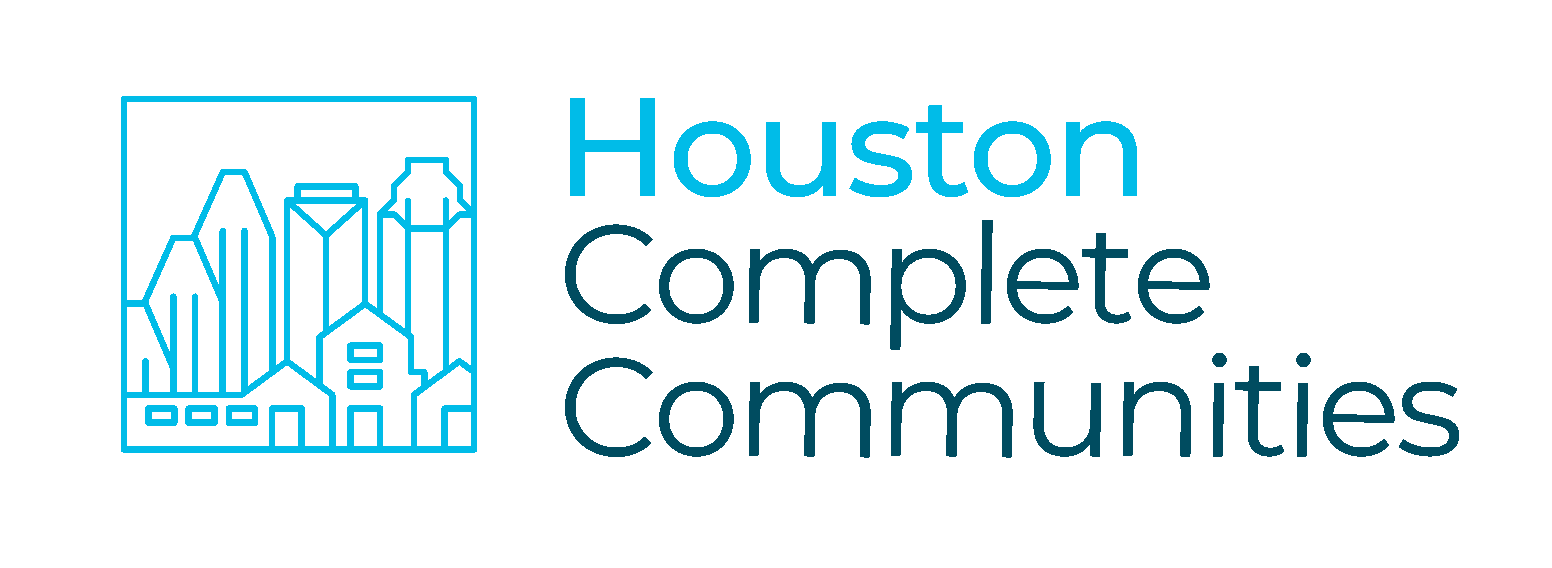REPSOL TREE PLANTING AND GIVEAWAY EVENT FOR KASHMERE GARDENS

HELP MAKE KASHMERE GARDENS SUPER NEIGHBORHOOD A MORE CLIMATE RESILIENT COMMUNITY
Repsol, the Northeast Houston Redevelopment Council, Houston Parks and Recreation Department , Caddo Sustainable Timberlands, Texas Conservation Alliance, Houston Galveston Area Council, Sun Coast Resources, Houston Complete Communities and Texas A&M Forest Service will be planting over 600 trees along the right-of-ways along Homestead Road and Cavalcade Street. This community initiative will also host a FREE TREE GIVEAWAY event to mitigate the growing urban heat island impacting the Kashmere Gardens Super Neighborhood.
The event is made possible through funding from Repsol in collaboration with Green Futures partnership to help address the growing negative impacts of the urban heat island affecting the Kashmere Gardens community. Once planted, the trees will provide a community cooling effect by providing shade and reducing temperatures throughout the community.
A recent mapping campaign from Capa Heat Watch and the NOAA, with funding from the National Integrated Heat Health Information System, identified Kashmere Gardens as one of the most at risk from dangers of the urban heat island. Kashmere Gardens is one of the ten Complete Communities selected by Mayor Sylvester Turner. This tree planting project aligns with the goals established in the citywide Resilient Houston plan and Kashmere Gardens Complete Communities Action Plan.

Volunteers will plant over 600 mature trees along the Homestead Road and Cavalcade Street right-of-ways, and over 500 seedlings will be available for free to the local community. Seedlings are first come, first served. In addition, the Texas A&M Forest Service will have education booths and engagement opportunities. Volunteers are encouraged to join us and make a positive environmental impact in their community.
Tree planting season in Texas begins in late Fall, with Texas Arbor Day on the first Friday of November, and ends in early Spring, making February the perfect time to plant trees. Arbor Day is an annual observance across the country that celebrates the role of trees in our lives and promotes tree planting and care.
This project is part of the Texas A&M Forest Service’s Green Futures corporate sustainability partnership program. The highly collaborative, scalable program connects corporate funding to local nonprofit organizations to address global issues and social responsibility through investment in people, community, and trees.
An urban heat island or UHI is a micro-climate at the urban scale where urban temperatures are much higher than their outlying areas. This is generally a result of replacing greenspaces that have natural cooling functions with impervious heat-absorbing structures. Paved roads, parking lots, and buildings absorb and retain heat during the day and radiate that heat back into the surrounding air. Studies from the U.S. Global Climate Change Research Program have shown that these urban areas are on average are 7.2 degrees warmer than the rural areas during the day. However, individual neighborhoods of a developed city can experience mid-afternoon temperatures that are 15°F to 20°F hotter than nearby tree-lined or rural areas. This prolonged extreme urban heat is a serious threat to our local environment, public health, and quality of life.
Truly one of the best defenses for our existing infrastructure is utilizing urban forests, trees and vegetation to help cool the environment. Trees and vegetation lower surface and air temperatures and help better circulate air flow within a city through:
SHADE
- The first and probably obvious benefit is shade from tree canopies. Shaded areas are protected from direct sunlight, which can reduce temperatures between 20-45°F relative to peak temperatures in unshaded areas.
- Trees planted strategically around buildings and homes can significantly cool the indoor air. Shading windows, for example, is a very effective way to block direct sunlight from entering the building and can reduce the heat transferred into the house and indoor temperatures up to 36°F in the summer.
- A study found that cars parked in a shaded parking lot in the summer had interior air temperatures that were 45°F cooler than cars parked in direct sunlight.
COMMUNITY COOLING EFFECTS
- Increased urban vegetation can have positive effects on wind speeds and air circulation. Larger expanses of trees such as in a large urban forest and parks can help increase local air circulation, generating cooling breezes that have a community-wide cooling effect.
- Trees also have natural functions to help cool the surrounding air. Trees absorb water through their roots and release it as vapor through their leaves. This liquid-to-gas processes uses energy from surrounding heat and converts it to vapor, thus cooling the air.
- A Berkeley Lab study conducted by the EPA found that mature trees can transpire 100 gallons (378.5 L) of water every day, which has the same cooling effect as 5 standard air-conditioning machines running for 20 hours.
AIR POLLUTION REDUCTION
- Increased heat and energy consumption are harmful to human health and also contribute to complex air quality problems including ground-level ozone, fine particulate matter, and even acid rain.
- Trees are effective air filters by design, filtering out not only gasses that are harmful to humans, but also harmful to the earth’s ecosystems as a whole.
- Large quantities of trees act as sinks for other harmful pollutants, such as nitrogen oxides, ammonia and bad ozone that are linked to increases in noncommunicable diseases.
PUBLIC HEALTH IMPROVEMENTS
- Studies have shown that trees provide positive impacts to physical and mental health. can help boost immune system defenses, pain tolerance thresholds, and even save money on healthcare costs.
- – The risk of developing cardiovascular disease is 1.5 times greater for individuals living more than 2 blocks away from a park or natural area.
- – Treescapes reduce the risk of dying from several common causes of death — including cardiovascular and respiratorydiseases — by 8-12%
- – A 1% increase in proportional greenspace leads to a 4% decrease in rate of anxiety/mood disorder treatment
- – Higher tree density can decrease risk of childhood obesity by 12%
- – When the heat index rises 1%, seniors and other vulnerable individuals are at greater risk of death. However, there is a 20% decrease in senior mortality in greener neighborhoods during this rise compared to less green neighborhoods
- Understanding the urban forest distribution of your community and focusing on enhancement in priority areas can optimize public health benefits from trees.
WATER QUALITY AND FLOOD MITIGATION
- Trees slow down stormwater runoff and allow for more infiltration decreasing that frequency and severity of flooding while also facilitating ground water recharge, increasing the natural filtration of water.
- High temperatures of pavement and rooftop surfaces can heat up stormwater runoff, which drains from our streets into our storm sewers and is deposited unfiltered in our rivers, streams and even drinking water reservoirs.
- Several studies have found that urban streams are hotter on average than streams in rural areas, and that temperatures in urban streams rose over 7°F during small storms due to heated runoff from urban materials.
ENERGY AND OTHER COST SAVINGS
- Urban forests and trees generate numerous ecosystem services that benefit your quality of life, but also your wallet.
- Ecosystem services of urban and rural forestland in Texas are valued at nearly $100 billion annually.
- Cooler temperatures from trees mitigate the need for excessive energy consumption, which in turn also saves residents money on their energy bills.
- According to our most recent data back in 2020, there are about 33 million trees in the city of Houston. Those trees provided over 53 million dollars in residential energy savings that year alone.
The National Integrated Heat Health Information System (NIHHIS)) has funded CAPA Heat Watch to support 60+ communities across the United States in mapping their urban heat islands (UHI). CAPA Strategies has developed a process to help cities plan and execute a community science field campaign that builds upon local partnerships, engages residents in a scientific study to map and understand how heat is distributed in their communities, and produces high-quality outputs that have been used in city sustainability plans, public health practices, urban forestry, research projects, and other engagement activities.
A copy of the Houston and Harris County mapping campaign can be found at https://osf.io/rpz3c

Learn more about the human health benefits of trees and forests through our Healthy Trees, Healthy Lives initiative.










